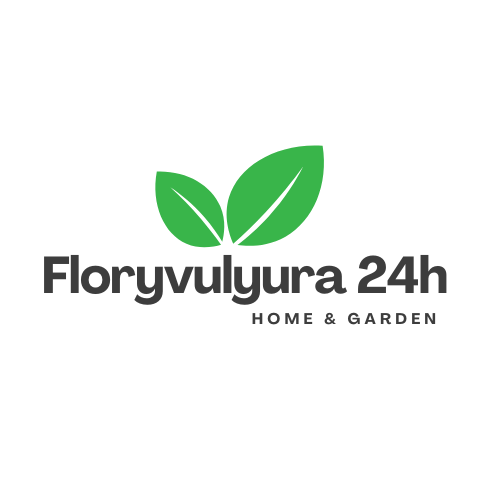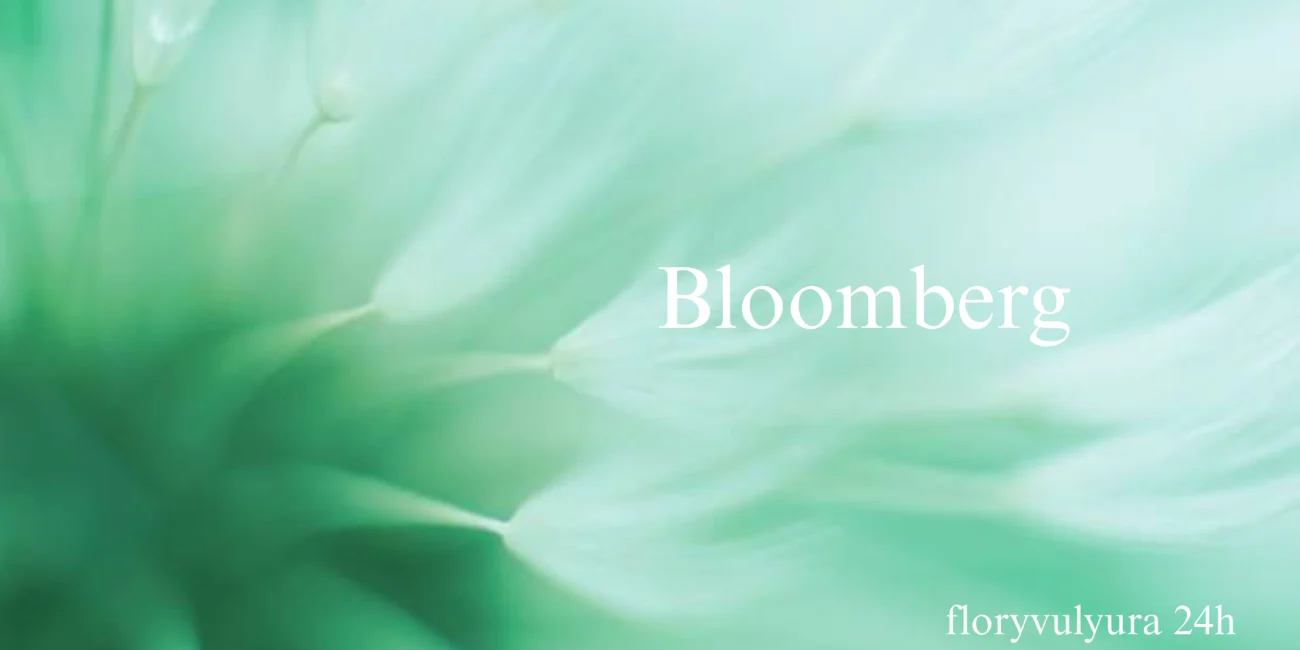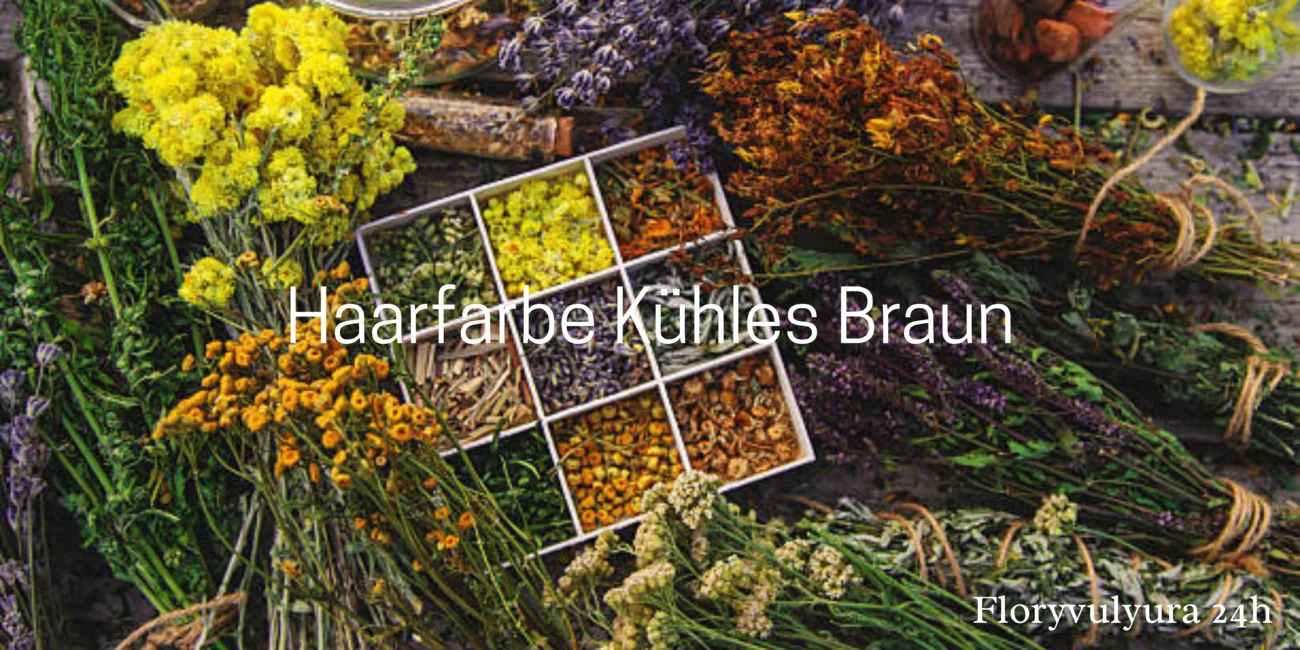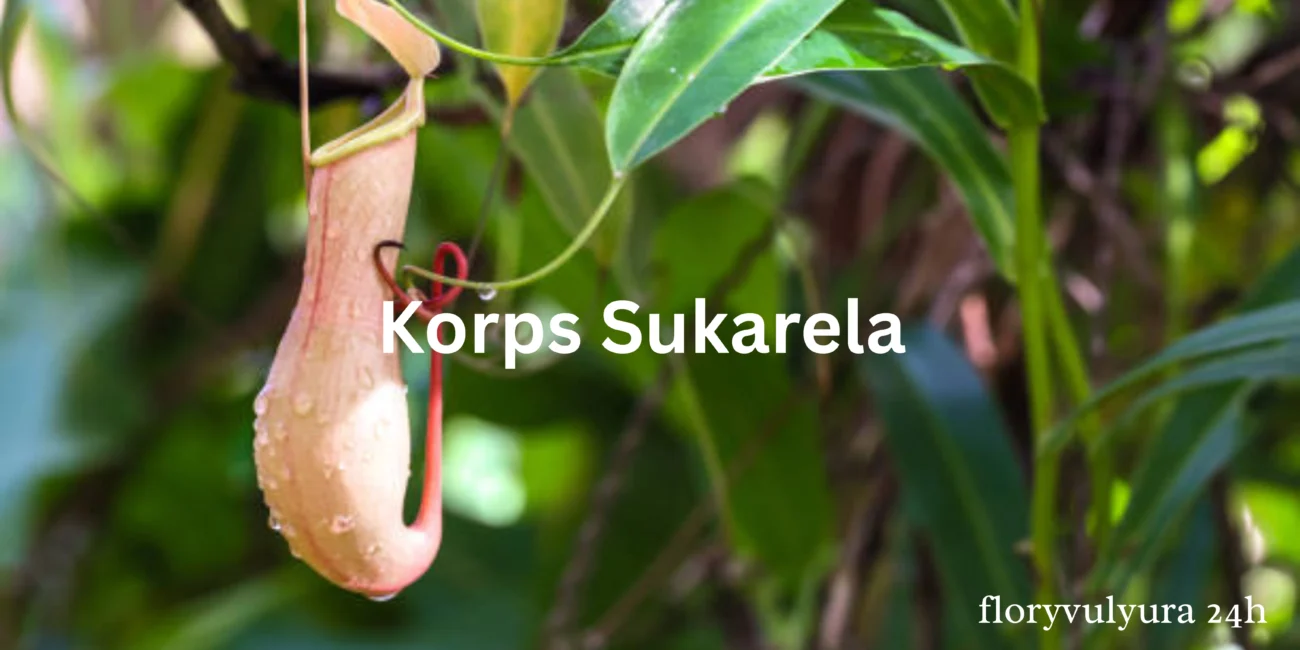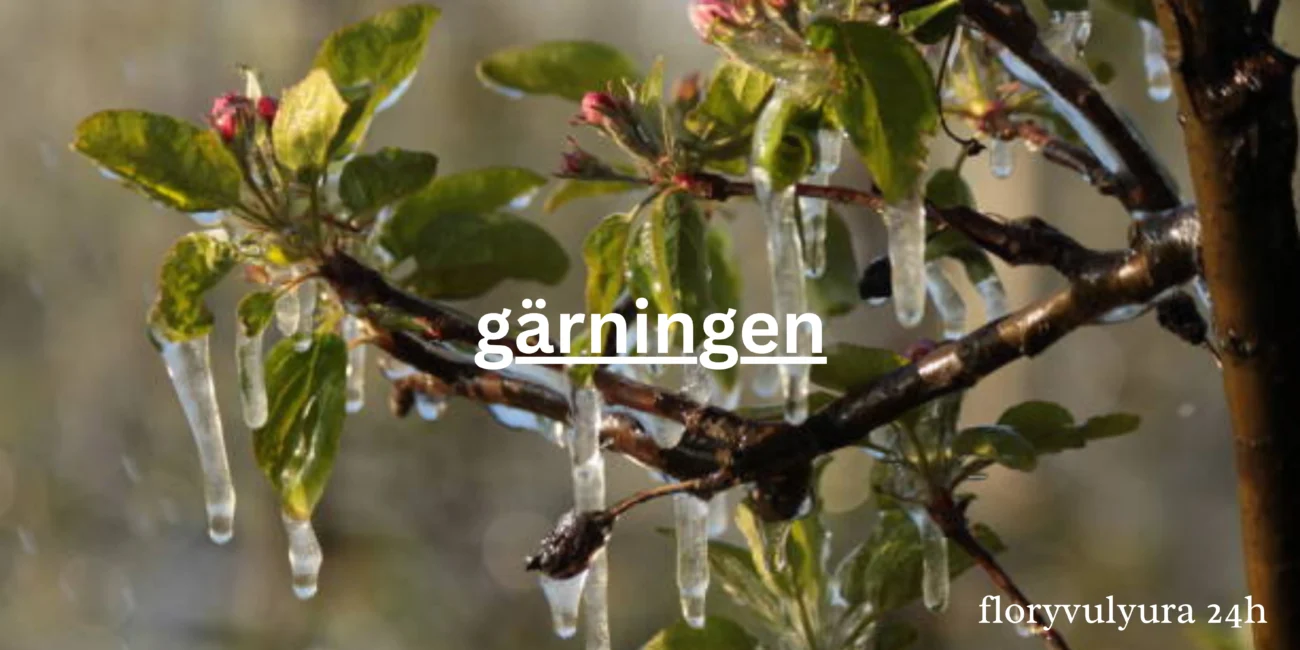Blog
Weigela: A Stunning Deciduous Flowering Shrub
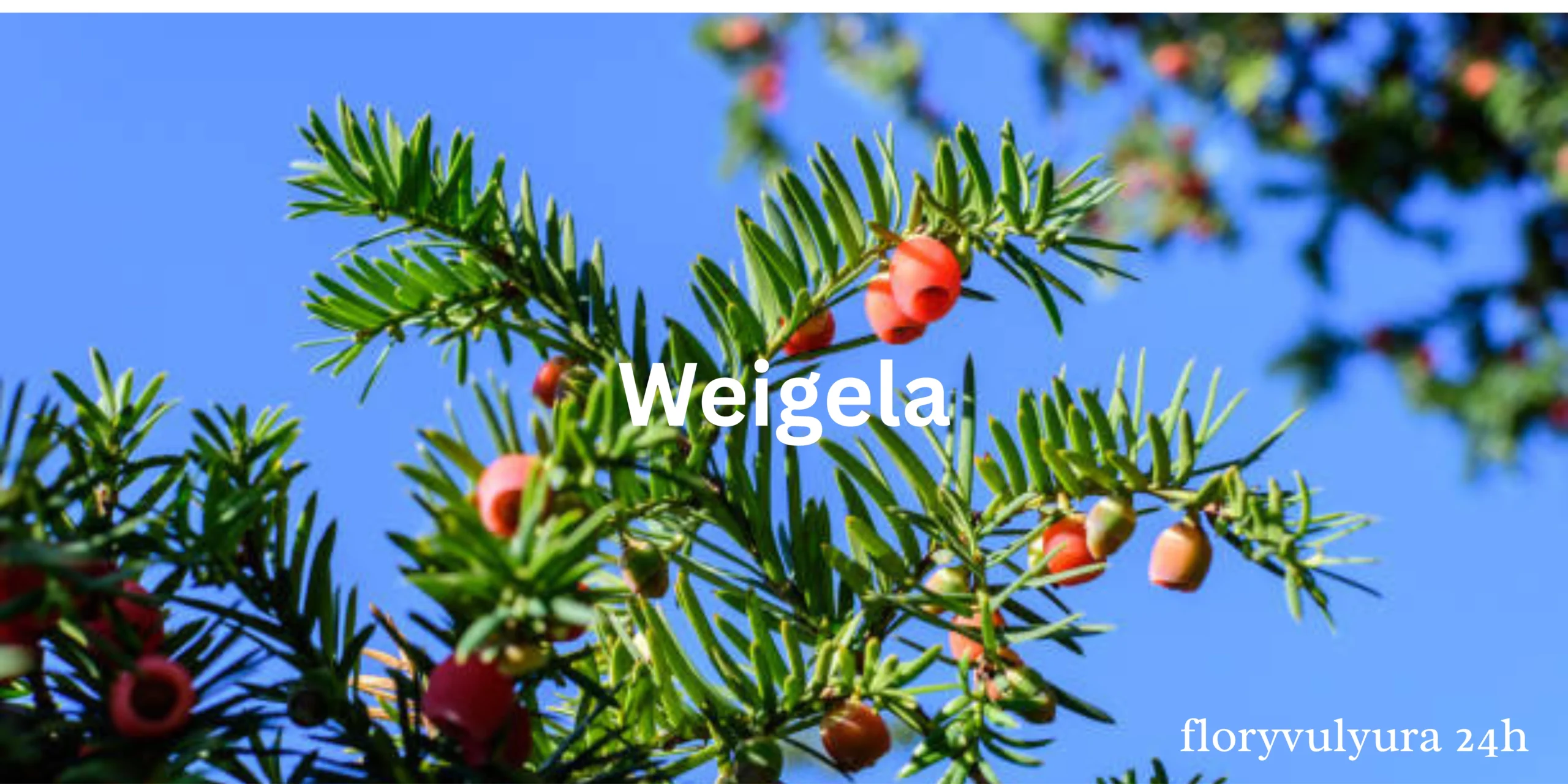
An Overview of Weigela
Weigela is one of the best flowering shrubs for gardeners who want dependable spring color and handsome leaves. This deciduous shrub, a member of the honeysuckle family (Caprifoliaceae) looks and feels good to gardeners. It hails from East Asia—specifically, China, Korea, and Japan. There are roughly twelve species in the genus, and many cultivars have been developed for different garden situations and tastes.
The shrub is named for Christian Ehrenfried Weigel, a German botanist and physician in the 18th century. Since being introduced to Western gardens in the mid-1800s, weigela has become ubiquitous in temperate landscapes around the world. The plant is beautiful when in bloom with its profusion of tubular flowers in late spring, which easily captivate gardeners and pollinators alike.
New breeding programs have started to offer what seems like many more options, with different flower colors, foliage color, and mature sizes. The range of flowers and foliage makes them useful in all kinds of descriptive gardening, from traditional gardens to naturalized settings.
Physical Size and Growth Characteristics
Weigela typically grows into an arching, rounded shrub with mature heights of 3-10 feet depending on species. It has a naturally graceful form with its arching branches, and downward curve that resembles a fountain. Young stems have a green or reddish brown color eventually growing bark as it ages.
Leaves are simple, ovate, serrated, and arranged opposite of each other. Trees appear with green foliage during summer with many cultivars having foliage that is bronze, burgundy, or variegated and extends season of interest to the shrub. Leaves will be 2-5 inches long to create a strong dense canopy which serves as a hiding ground for flowers but creates a backdrop of interest.
Without a doubt, the most showy characteristic of weigela are the flowers. The tubular flowers are about 1-1.5 inches in length, and occur in groups on last year’s wood. Flower colors from pink, red, white, yellow, and many combinations of two colors. Each flower is five-pointed petals fused into a funnel type form with long stamens that protrude past the corolla.
Plants usually begin to flower in late spring to early summer and last 2 to 3 weeks. Many types of weigela will provide a lighter second flush in late summer or early fall, allowing for a longer ornamental season. These flowers will attract hummingbirds, butterflies, and many different types of bees, making weigela a good potential choice for planting a pollinator garden. Varieties and Cultivars to Consider Buying, with Particular Interest in Shape, Size, Serial Production, Traits and Cultural Characteristics.
Varieties and Cultivars Worth Growing
| Variety Name | Flower Color | Foliage Color | Mature Size | Special Features |
|---|---|---|---|---|
| Wine and Roses® | Rose-pink | Dark burgundy | 4-5 feet | Compact growth, striking foliage contrast |
| Ghost® | White | Green | 6-8 feet | Pure white flowers, vigorous growth |
| Sonic Bloom® Pink | Bright pink | Green | 4-5 feet | Extended blooming period, reblooms heavily |
| Fine Wine® | Deep red | Purple-bronze | 5-6 feet | Intense flower color, colorful foliage |
| Spilled Wine® | Pink | Dark purple | 2-3 feet | Dwarf variety, excellent for containers |
| My Monet® | Pink and white | Green with cream edges | 18-24 inches | Compact size, variegated leaves |
| Red Prince | Bright red | Green | 5-6 feet | Cold hardy, reliable bloomer |
| Variegata | Pink | Green with cream margins | 4-6 feet | Classic variegated selection |
Choosing the right types of weigela depends upon intended use, physical space available, and desired flower color. Many of the new cultivars provide better disease resistance and prolonged periods of flowering than older varieties.
Optimal Growing Conditions and Environmental Requirements.
Weigela is incredibly adaptable to many growing conditions, which increases its popularity with gardeners. Weigela grows best with full sun to partial shade, although in regions with very hot summers it will prefer morning sun with afternoon shade. Generally, with full sun you will have the most flower production and the best color to the foliage, particularly with varieties that have colored foliage.
Soil requirements are quite flexible because weigela can withstand multiple soil types and pH level. Weigela does best in well-drained soils with a pH of 6-7.5, but it can accommodate slightly more acidic or alkaline conditions. Heavy clay soils should be amended with organic matter to help drain, and sandy soils will benefit from the addition of compost to retain water and increase fertility.
Water requirements are moderate once established. Young plants should be kept consistently moist until they are done their first growing season, and the mature specimens exhibit excellent drought tolerance. As with all plants, avoid overwatering – with weigela, overly wet soils lead to root rot and fungal problems.
Temperature tolerance varies among species and cultivars, but most are hardy in USDA zones 4 through 8. Some will tolerate temperatures down to -30°F and some will be naturally adapted to milder climates. In the coldest regions, winter protection may be required when the plant has tender new growth.
Guidelines for Planting and Site Selection
To successfully grow weigela, proper site selection and planting method is necessary. Select a site that receives 4 to 6 hours of direct sunlight each day, and when planting in warmer climates, have a way to protect them from the intense afternoon sun. Weigela should be planted with adequate airflow around the foliage to reduce fungal disease potential; however, do not plant them in locations that are excessively windy, as their branches can bend and break under strong winds.
Space your new plants according to their mature size, to create airflow around the various plants. Most varieties need 4 to 6 feet of space between them, while a few compact cultivars can be planted just a little closer. When planting perimeter beds, consider the mature spread of the weigela, so there is space for airflow, it reduces disease potential.
The best time of the year to plant is in the spring after the last frost or fall 6 to 8 weeks before ground freezes. This is the best time for the root growth, with less risk of the temperature extremes the root system will experience.
| Planting Step | Details | Timeline |
|---|---|---|
| Site Preparation | Remove weeds, improve soil drainage if necessary | 1-2 weeks before planting |
| Hole Digging | Dig hole twice as wide as root ball, same depth | Day of planting |
| Root Preparation | Gently tease apart circled roots | Day of planting |
| Backfilling | Use native soil mixed with compost | Day of planting |
| Initial Watering | Apply 1-2 inches of water slowly | Day of planting |
| Mulching | Apply 2-3 inch layer, keep away from stem | Within 1 week |
Thoroughly water the shrub after planting and keep the soil evenly moist for the first month. Surrounding the base of the shrub, apply a 2 to 3 inch layer of organic mulch, leaving a few inches away from the stem to avoid issues from pests and diseases.
Maintenance and Care Through the Seasons
After being well established, Weigela requires very little maintenance which helps to make it a great easy-care plant for your landscape. The primary care and maintenance items include pruning, fertilizing, watering, and watching for potential issues.
Of those care and maintenance items, pruning is the most important. Since Weigela blooms off of old wood, be mindful of when to prune. Prune immediately following the end of flowering period which is usually late spring to early summer. Weigela will put on new growth that will be flowering pups for the following season. Start by removing dead, damaged, or crossing branches. Then, selectively remove older canes to stimulate growth from the base.
Fertilizing annually helps bolster healthy growth and plenty of flowers. Use a balanced slow release fertilizer in early spring, just before new growth begins. Or, you could use compost (carefully, because it can add a great deal of nitrogen) or well aged manure. Never supplement Weigela with high nitrogen fertilizers; obviously this will limit your flowering and will typically create excessive vegetative growth.
Watering requirements vary during the growing season. Water infrequently and deeply during the dry spells, watering the root zone and not the foliage. New plants require wetter conditions initially since their roots need time to establish.
In most climates, winter care is minimal. In cold climates, treating the base with a little extra mulch, and wrapping the tender varieties in burlap can help, especially if there is prolonged cold. Do NOT prune plants in late fall since this will take off any flower buds, and also leave more exposed stem material to die over winter.
Propagation Techniques
There is multiple ways to propagate Weigela so either the gardener can grow new plants or give a gift to fellow gardeners. The methods like most plants are softwood cuttings, hardwood cuttings, layering, and division are the main ways.
Probably the best propogation method from this group are softwood cuttings, since they offer the best success rates during the summer months! Select healthy, non-flowering shoots that are 4 to 6 inches long, and snip the twig just below the leaf node. Take off the lower leaves, and dip the cut mist in rooting hormone. Then, put in a well-draining rooting medium. Maintain high humidity and moist to wet conditions until roots develop, usually, this takes 4 to 6 weeks.
Hardwood cuttings provide another option for winter propagation strategies. In late fall or early winter, make 6 to 8-inch cuttings, preferably from wood that has gone dormant. Then store them in gently moist sand or peat moss in a cool location until spring when you can process them into a protected nursery bed.
Layering works well for a category of varieties that produce low-lying branches. You will take a flexible branch and bend it to the ground so a short section of that branch can go in the ground with the tip exposed; you can then pin the branch down with a flat piece of wire or a small stone. You will also want to keep the soil moist. Typically, roots will develop within one growing season, and at that point the new plant can be separated from the original plant.
Division is only appropriate to mature shrubs that have established multiple shoots from one main root structure. In this case, it is reasonable to dig up a mature shrub with multiple sections with root systems of their own, particularly during dormancy. Each division should have multiple healthy shoots.
Adverse Situations and Prevention
Weigela generally fall into the category of pest-free and disease-resistant. However, there are some common problems you might run into. Sometimes, aphids will attack new growth, causing curling and crumpling of leaves and reducing flowering. Control aphids with an application of insecticidal soap or a strong stream of water. Scale insects have a waxy scaley look like small bumps and should be treated with horticultural oil during dormancy.
Diseases: You may experience fungal diseases like powdery mildew if growing conditions are quite humid and airflow to your plant is poor. You can improve air circulation and reduce humidity by avoiding rain and watering overhead. Environmental conditions such as drought stress, waterlogged soils, or lack of nutrients can cause leaves to drop or flowers to be limited or nonexistent.
| Problem | Symptoms | Treatment |
|---|---|---|
| Aphids | Distorted leaves, sticky honeydew | Insecticidal soap, water spray |
| Scale insects | Waxy bumps on stems | Horticultural oil application |
| Powdery mildew | White powder on leaves | Improve air circulation, fungicide |
| Poor flowering | Few or no blooms | Proper pruning, reduce nitrogen |
Uses in Landscape Design
Weigela is a versatile plant for use in landscape design; it can be used in foundation plantings, shrub borders, and mass plantings. Since Weigela does not usually grow taller than three feet and it has a slightly arching form near the end of its growing season, it works without causing an overwhelming problem next to structures in the landscape. Once again, due to its compact size, it is also an excellent specimen when used in a mixed shrub border providing a middle layer with groundcovers in the front of it and taller plants behind it.
Using it in mass planting cases can provide great spring displays that can look particularly impressive on slopes. Dwarf varieties of Weigela can also be good container plants to use on patios or in more confined growing areas. And finally, the plant is naturally asymmetrical in shape, so they can look good arranged as an informal hedge without as much of a time commitment when it comes to trimming regularly.
Companion Plants and Garden Integration
Spring bulbs planted under weigela display layered interest before the shrub has even fully leafed out. Evergreen plants, like dwarf conifers and boxwood, provide structure and contrast all year long, while ornamental grasses provide similar flowing form, movement through the season, and fall interest.
Shade tolerant groundcovers, like hostas and coral bells that grew up under the wegelia will suppress weeds and provide another layer of ornamental interest.
Seasonal Interest and Wildlife Benefits
In addition to spring flowering, weigela has attractive foliage for the entire growing season. Weigela has colored-leaf varieties for further ornamental value and some plants show autumn color before leaf drop. The bare winter plant provides sculptural interest.
Wildlife benefits can include attracting hummingbirds, butterflies and native bees when in flower as well as providing nesting, shelter and cover for small birds throughout the entire year by way of dense branching.
Frequently Asked Questions
When is the ideal time to prune my weigela for the optimum flowering exhibits next year?
Prune the plant right after flowering stops in late May or early June of the same year, to maximize growth of new shoots and flower buds on old wood for next spring’s flowering.
Why is my weigela is not producing a lot of flowers?
There are a number of reasons why your weigela may not be producing many flowers: improper timing of pruning, excessive nitrogen fertilization, insufficient sunlight, or the age of the plant. Make sure your plant receives 4-6 hours of direct sunlight each day, and that you are not over-fertilizing with high nitrogen fertilizer.
Can weigela grow in clay soil?
Yes, as long as the drainage is good. Heavy clay soil that remains waterlogged develops problems. You can gently amend the clay soil with an organic matter or simply plant it in a raised bed.
Are there any compact varieties to fit into a small location?
Yes, varieties like Spilled Wine® (2-3 feet), My Monet® (18-24 inches), and Wine and Roses® (4-5 feet) can fit into any container or small planting bed/space.
Can weigela grow in partial shade?
Yes, while it will grow in partial shade at least 4-6 hours of direct sunlight is best for optimum flowering and foliage color development.
Disclaimer
This article provides only generic information about the growing and care of weigela based on generally accepted horticultural practices. The growing conditions, climate factors, and plant performance may vary widely depending on geographic location, soil conditions, and local environmental factors. Gardeners are encouraged to seek specific local guidance from local extension services, master gardener programs, or horticultural professionals.
Performance, disease resistance, and cold hardiness may be variable among cultivars, variety and growing conditions. For example, always research variety characteristics before making planting decisions. The author and publisher take no responsibility for performance, garden results, or any consequences from using the information here in this article.
Pesticide and fertilizer directions should be checked with current product labels and current local regulations before they are used. When applying chemical manufacturing controls should be followed and local regulations should be acknowledged. Keep in mind that many alternatives to chemical controls exist, such as organic and integrated pest management practices, to promote environmentally sustainable practices.
Individual plants, on the whole, are likely to have individual needs, as such, the best indicator of successful cultivation would be ongoing observation of specific growing conditions as they relate to the target plant’s needs. When unsure of a path forward, seek relevant guidance from horticultural professionals with knowledge of locally applicable growing conditions and experience with plant performance.
